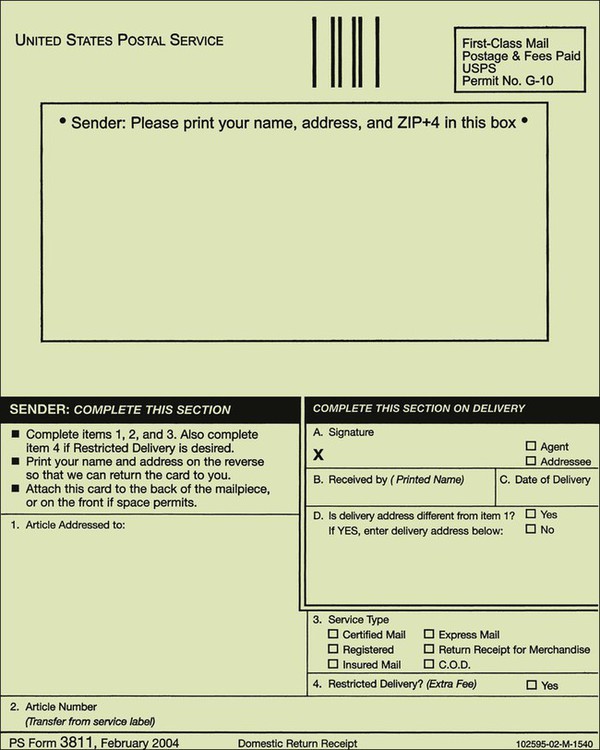
(3) proof that, when presentment was made within a reasonable time, the issuer did not have sufficient funds or credit with the drawee and that the issuer failed to pay the check within five business days after mailing of notice of nonpayment or dishonor as provided in this subdivision. (2) proof that, at the time of issuance, the issuer did not have sufficient funds or credit with the drawee and that the issuer failed to pay the check within five business days after mailing of notice of nonpayment or dishonor as provided in this subdivision or (1) proof that, at the time of issuance, the issuer did not have an account with the drawee When two or more offenses are committed by the same person in two or more counties, the accused may be prosecuted in any county in which one of the dishonored checks was issued for all of the offenses aggregated under this paragraph.Īny of the following is evidence sufficient to sustain a finding that the person at the time the person issued the check intended it should not be paid: (b) In a prosecution under this subdivision, the value of dishonored checks issued by the defendant in violation of this subdivision within any six-month period may be aggregated and the defendant charged accordingly in applying this section. (3) to imprisonment for not more than 90 days or to payment of a fine of not more than $1,000, or both, if the value of the dishonored check, or checks aggregated under paragraph (b), is not more than $250.


(2) to imprisonment for not more than one year or to payment of a fine of not more than $3,000, or both, if the value of the dishonored check, or checks aggregated under paragraph (b), is more than $250 but not more than $500 or (1) to imprisonment for not more than five years or to payment of a fine of not more than $10,000, or both, if the value of the dishonored check, or checks aggregated under paragraph (b), is more than $500 (a) A person who is convicted of issuing a dishonored check under subdivision 2 may be sentenced as follows:


 0 kommentar(er)
0 kommentar(er)
